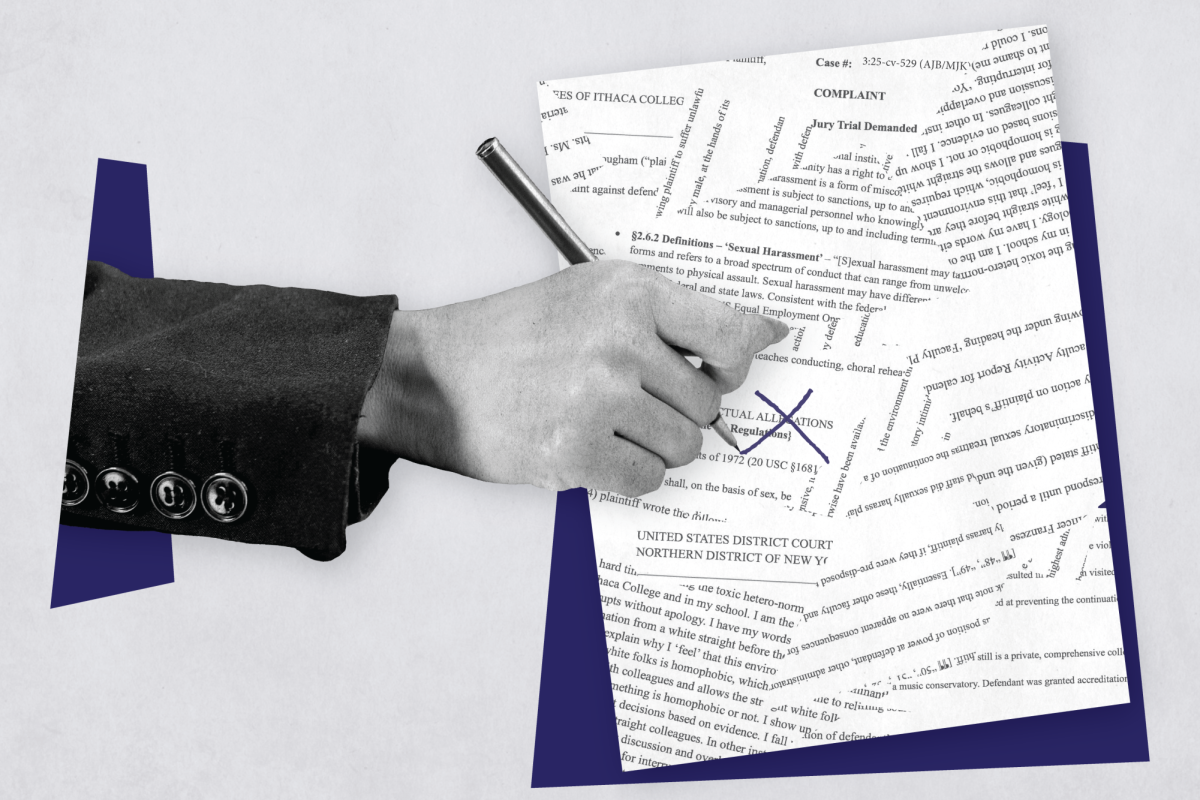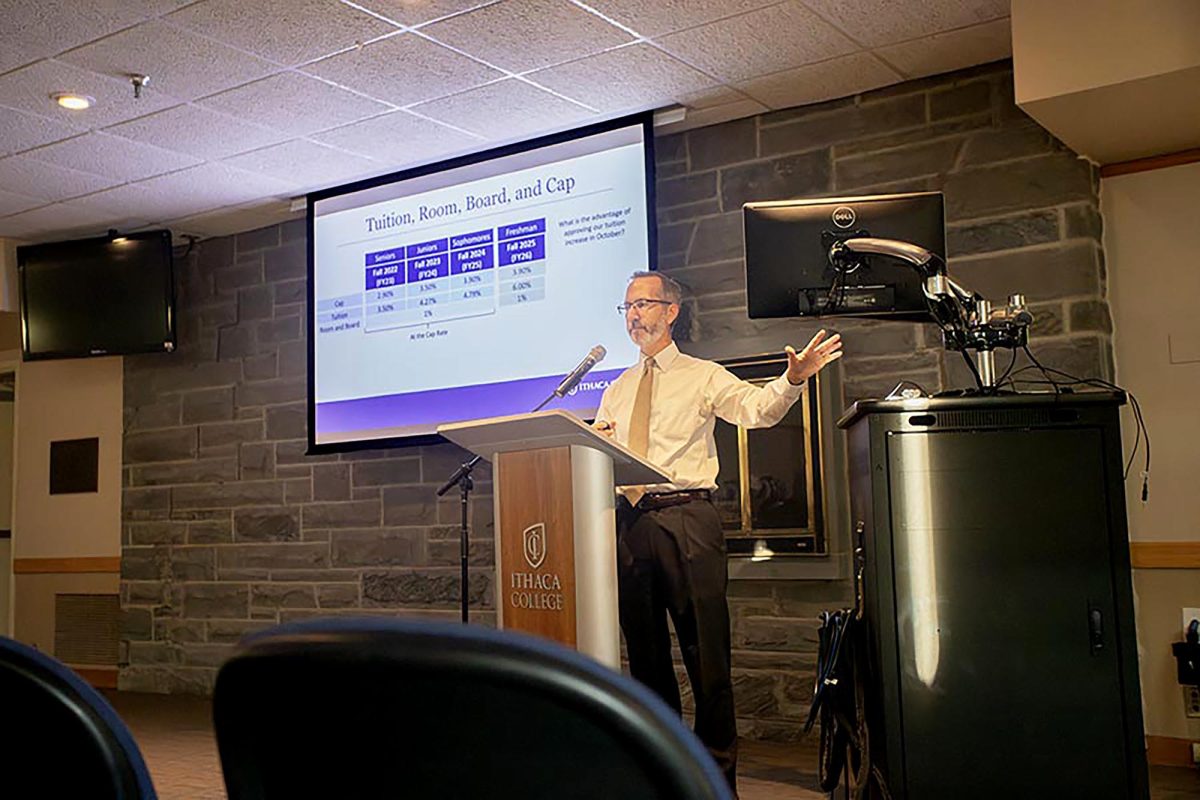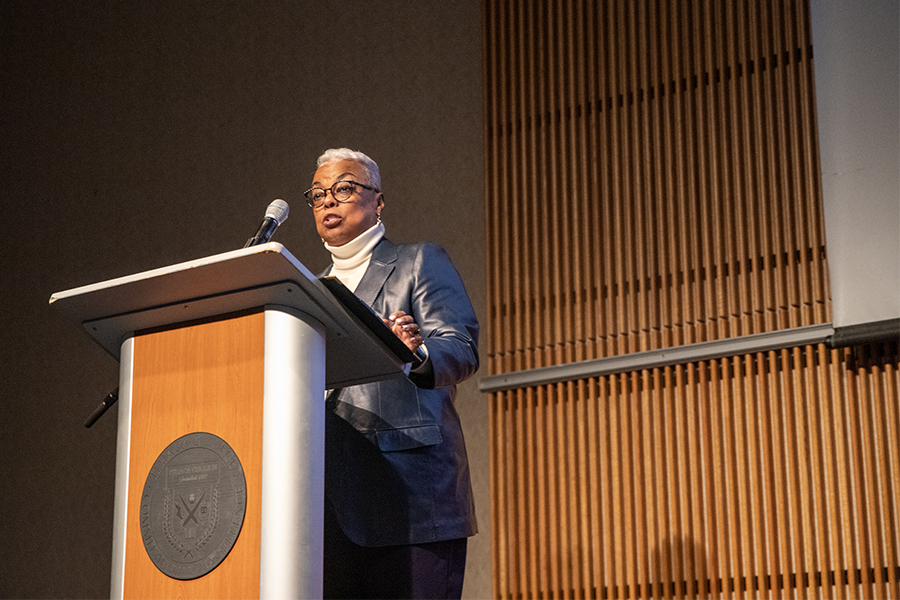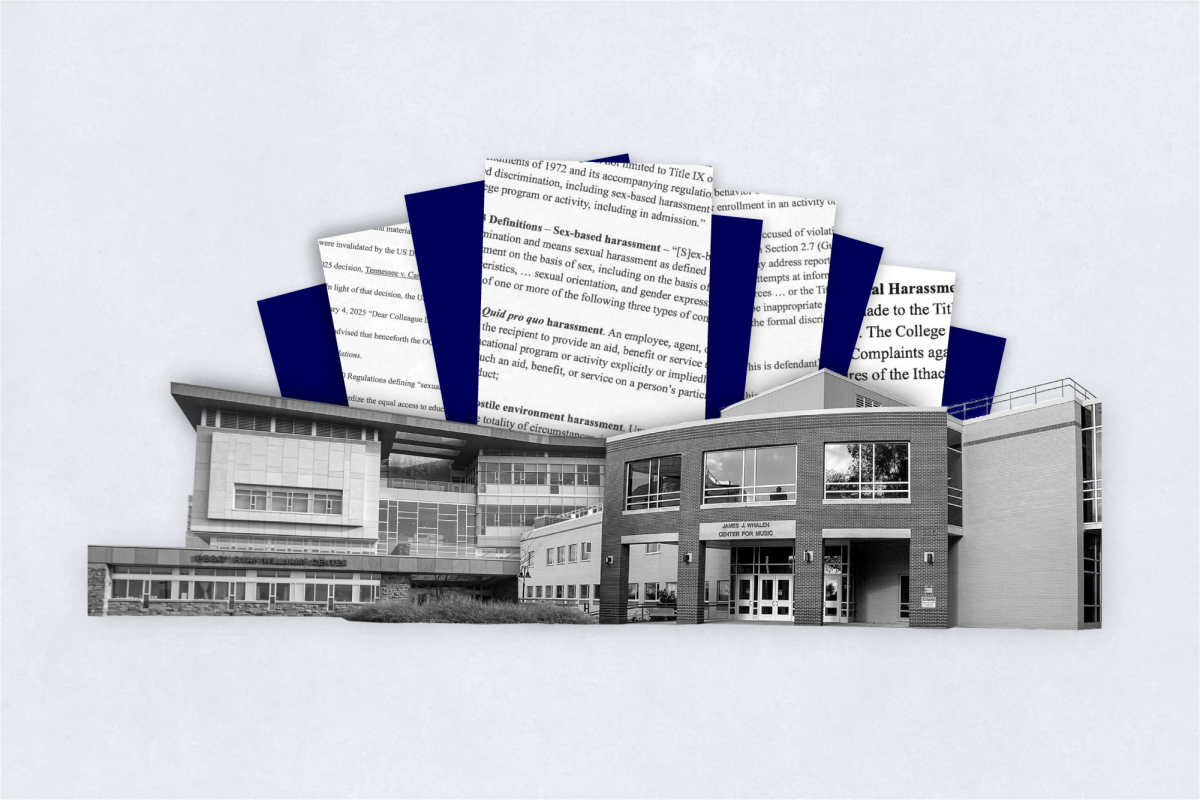The largest increase in federal student aid in more than 60 years was passed by Congress earlier this month and is waiting to be signed into law by President George W. Bush.
The College Cost Reduction and Access Act includes two important changes: an increase in Pell Grant awards and a decrease of interest rates on subsidized loans.
Larry Chambers, director of the Office of Financial Aid, said the Pell Grant affects 978 students at Ithaca College. The Pell Grant awards up to $4,050 and is determined by a student’s level of need as determined by the Free Application for Federal Student Aid (FAFSA). With the new legislation, the grant amount would increase by $490 for academic years 2008–09 and 2009–10, with subsequent increases amounting to a $1,090 increase in 2012.
“We’re finally beginning to see some changes at the federal level in recognizing that higher education costs are expensive to students,” Chambers said. “[We’re] getting to realize the federal government needs to take a larger role in providing that assistance.”
Junior Nghi Phan, a recipient of the Pell Grant, said she was surprised to learn about the grant’s proposed increase.
“I honestly thought they were going to reduce it,” Phan said. “I hope it stays this way and they keep paying attention to college costs.”
Chambers is worried that the money needed to execute the act will be hard to acquire.
“In the Pell Grant program … Congress … says, here is how much we would like to spend assuming the money is available,” Chambers said. “The Appropriations Committee within Congress has to ultimately say [if] there is the money available to [lend out]. So it remains to be seen as to whether or not the Appropriations Committee will say there’s the funding available.”
Chambers said subsidized loans, like the Stafford Loan, which benefits 3,595 students at the college, are also affected by the act. A subsidized loan implies that someone besides the borrower — in this case, the U.S. government — pays interest until the student is out of school.
According to the act, interest rates on all subsidized loans will be reduced until it reaches 3.4 percent in 2012. Students who have taken out a loan for which the first disbursement is made between July 1, 2006, and July 1, 2008, will have a 6.8 percent rate of interest on the unpaid principal balance of the loan, which will decrease to six percent the following year.
According to The Chronicle of Higher Education, Congress said funding for the act would not be taken from taxpayers. Instead, the burden will fall on lenders in the student loan industry, as the level of subsidies provided by the government decreases. This means that for every loan that goes into default, because of too many missed payments, the government will pay 95 cents for every dollar not paid back.
Senior Melissa Blitzstein took out a Stafford Loan of $5,500 per year to help pay for school and she will probably have to take out another loan, at a lower interest rate, to help pay for graduate school next year, she said.
“Interest builds up after a while and [lower rates] take stress away from the students,” she said. “[It] gives them the sense that there is someone behind them.”







